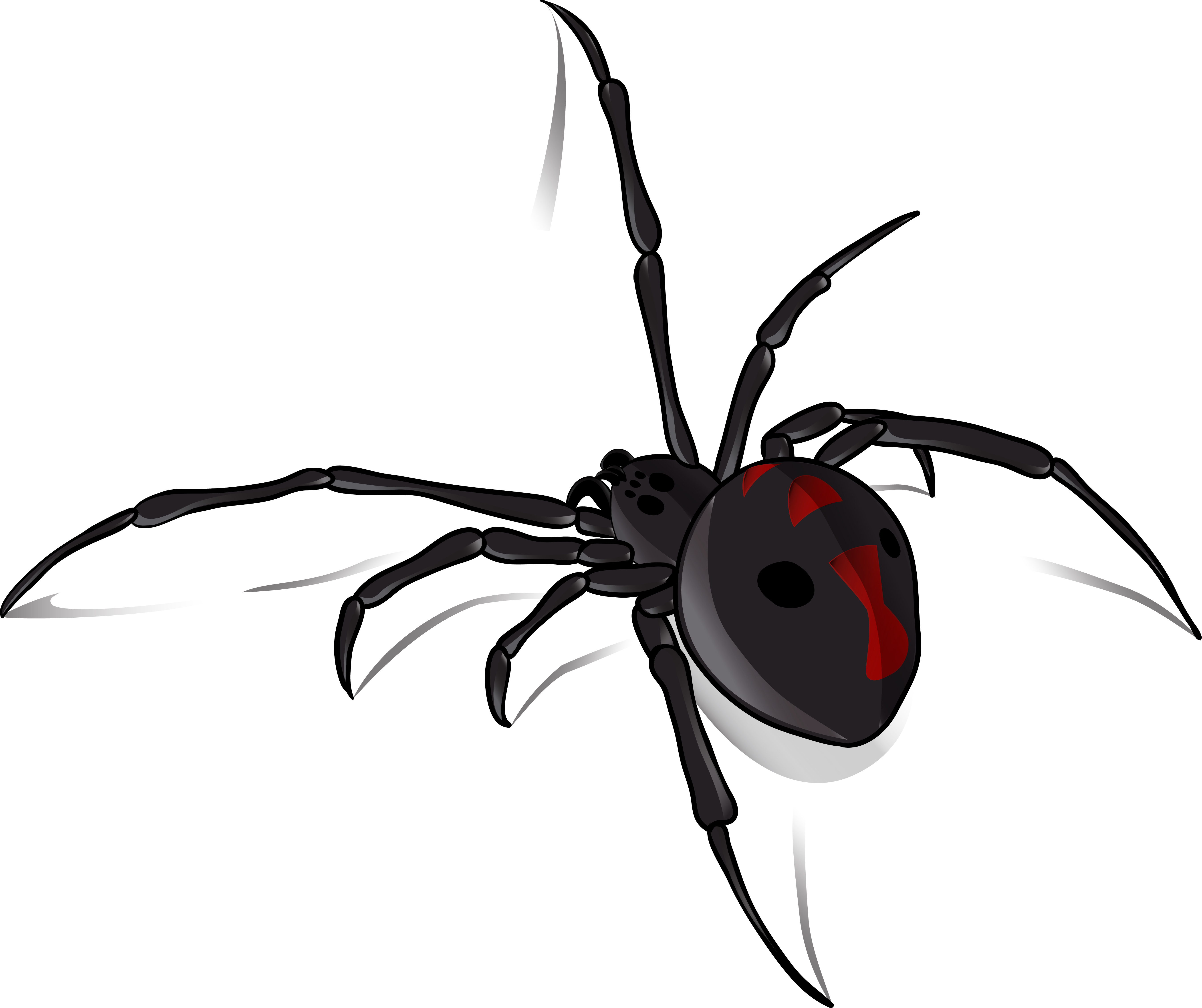What You Should Know About Black Widow Spider Bite Stages
The black widow. The mere mention of the name conjures thoughts of treacherous bites, fearsome venom and terrifying attacks that happen at night, or just when you least expect it. But these are mere stereotypes and concepts popularized by mass media. The bite of the black widow spider may be dangerous, but the right way to save yourself from it is to break the misconceptions and equip yourself with correct knowledge about relevant information, such as black widow spider bite stages.
Getting to know “the most feared spider in the world”
The association between the dark and the black widow spider is pretty accurate, because they are nocturnal creatures. They love the dark; they get especially active when night comes, and their favorite places are those that receive little or no light, such as small cracks and crevices, or rarely visited places such as outhouses and abandoned rooms.
But favoring the dark has nothing to do with them being “sinister.” In fact, they hide in the dark so they can be out of sight and out of the way of humans. They’re not hiding there waiting to attack, because black widow spiders do not bite unless they are disturbed or they feel that their eggs are under threat. Moreover, it’s only the female ones that bite; males don’t bite at all.
Bite stages
There’s a good reason why the black widow is the most feared spider among more or less 30,000 well-known kinds of spider known to man. A single bite can be extremely painful — and may sometimes lead to a fatality, especially if the victim is a small child, an elderly adult or has a weak immune system.
These are the common stages that someone typically goes through after being bitten by a black widow:
Immediately after the bite, you’ll feel no significant sensation (some do not notice it first) or perhaps only the feeling of being pricked by a pin. Afterwards, the bitten area and surrounding skin will become swollen and reddish. After 15 minutes to a few hours, pain will travel throughout the body, but with more intensity in the abdomen, chest, shoulders and back. The pain in these areas is more intense because the muscles are starting to tighten and become rigid.
Stage 1 – Local reaction (less than an hour after the bite): Intense itching, swelling, redness and pain at the site of the bite. The toxin is now spreading through your nerves.
Stage 2 – Anaphylaxis: Your immune system is trying to fight the toxins off, and this shows through symptoms similar to when you’re having an allergic reaction, such as fatigue, difficulty or shortness of breath and red spots appearing on the skin.
Stage 3 – Systemic Reaction: Heart rate and blood pressure spike and the victim will feel sweaty, chilly and restless. Vomiting, abdominal and joint pain further signal that the toxin has now spread to the organs.
What to do when you get bitten
First aid measures include washing the bite location with soap and water, applying antibiotic cream and putting on an ice pack. Immediately take the victim to a medical facility for pain relief and antivenin injections.
Avoid the kiss of the black widow
To discourage black widows from setting up in your living spaces, maintain cleanliness and regularly trim your grassy areas. Wear covered clothing and protective gears when venturing outdoors. If you suspect the presence of spiders, call your pest control specialist.
Black Widow Spider Bite Professional Pest Control Services in Tracy CA
Serving Northern California

